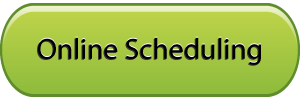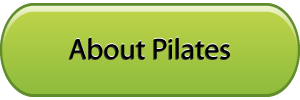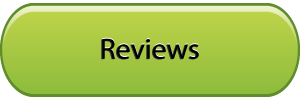A Brief Biography of Joseph Pilates
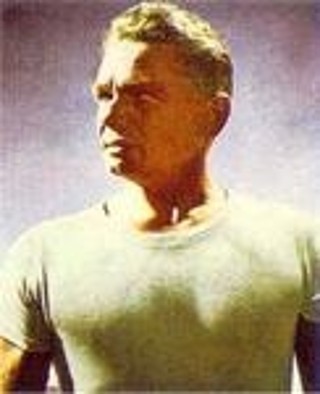 German born Joseph Pilates was living in England, working as a circus performer and boxer, when he
German born Joseph Pilates was living in England, working as a circus performer and boxer, when he
was placed in forced internment in England at the outbreak of WWI. While in the internment camp he
began to develop the floor exercises that evolved into what we now know as the Pilates Mat Work.
As time went by, Pilates began to work with rehabilitating other detainees who were suffering from
diseases and injuries. It was invention born of necessity that inspired Pilates to utilize things that were
available to him, like bedsprings, to create resistance equipment and exercises for his patients, and
ultimately the Reformer.
Pilates was drawing on strong personal experience in fitness. He had been an unhealthy child, which led
him to seek out and study many kinds of self-improvement systems.
Pilates drew from studies in Eastern practices such as Yoga and Zen. He was also inspired by the ancient
Greek ideal of man perfected in development of body, mind and spirit. Pilates studied anatomy and
developed himself as a body builder, a wrestler, gymnast, boxer, skier and diver.
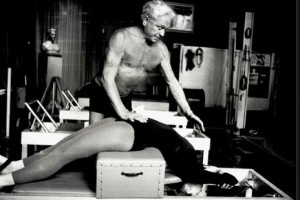 After WWI, Pilates briefly returned to Germany where his reputation as a physical trainer/healer
After WWI, Pilates briefly returned to Germany where his reputation as a physical trainer/healer
preceded him. He worked briefly training the Hamburg Military Police in self-defense and physical
training. In 1925 he was asked to train the German army. Instead, he packed his bags and took a boat to
New York City. On the boat to America Joseph met Clara, a nurse, who would become his wife. Pilates
went on to establish a studio in New York and Clara worked with him as he evolved the Pilates method
of exercise, invented the Pilates exercise equipment, and trained students.
Pilates called his work Contrology. He defined Contrology as the comprehensive integration of body,
mind and spirit. Pilates was a firm advocate of quality over quantity with regard to exercise. He was
looking for efficiency in movement. Each movement had to be accomplished with full attention and
done smoothly with control. With that goal, Pilates created exercises that develop what we now call,
core strength, in order to maximize the ease and flow of each movement. He was also very much
convinced of the importance of breathing fully. Pilates encouraged students to breathe deeply, even
using the lungs in a bellows like way, so as to truly fill and cleanse the lungs.
“A few well-designed movements, properly performed in a balanced sequence, are worth hours of doing
sloppy calisthenics or forced contortion.” — J. Pilates
Pilates New York studio put him in close proximity to a number of dance studios, which led to his
discovery by the dance community. Many dancers and well known persons of New York depended on
Pilates Contrology training for the strength and grace it developed in the practitioner, as well as for its
rehabilitative effects. Until exercise science caught up with the Pilates exercise principles in the 1980s,
and the surge of interest in Pilates that we have today got underway, it was chiefly dancers and elite
athletes who kept Pilates work alive.
Pilates taught in New York from 1926 to 1966. During that time he trained a number of students who
not only applied his work to their own lives but became teachers of the Pilates Method themselves. This
first generation of teachers who trained directly with Joseph Pilates is often called the Pilates Elders.
Some committed themselves to passing along Pilates work exactly as he taught it. This approach is
referred to as classical style Pilates. Other students went on to integrate what they learned with their
own research in anatomy and exercise sciences, creating a group of contemporary teachers and styles of
Pilates work.
Joseph Pilates passed away in 1967 at the age of 87. He had maintained a very fit physique throughout
his life, and many photos show that he was in remarkable physical condition in his older years. He is also
said to have been quite a flamboyant personality. He smoked cigars, liked to party, wore his exercise
briefs wherever he wanted, and could be an intimidating, though deeply committed, instructor. Clara
Pilates continued to teach and run the studio for another 10 years after Josephs death.




